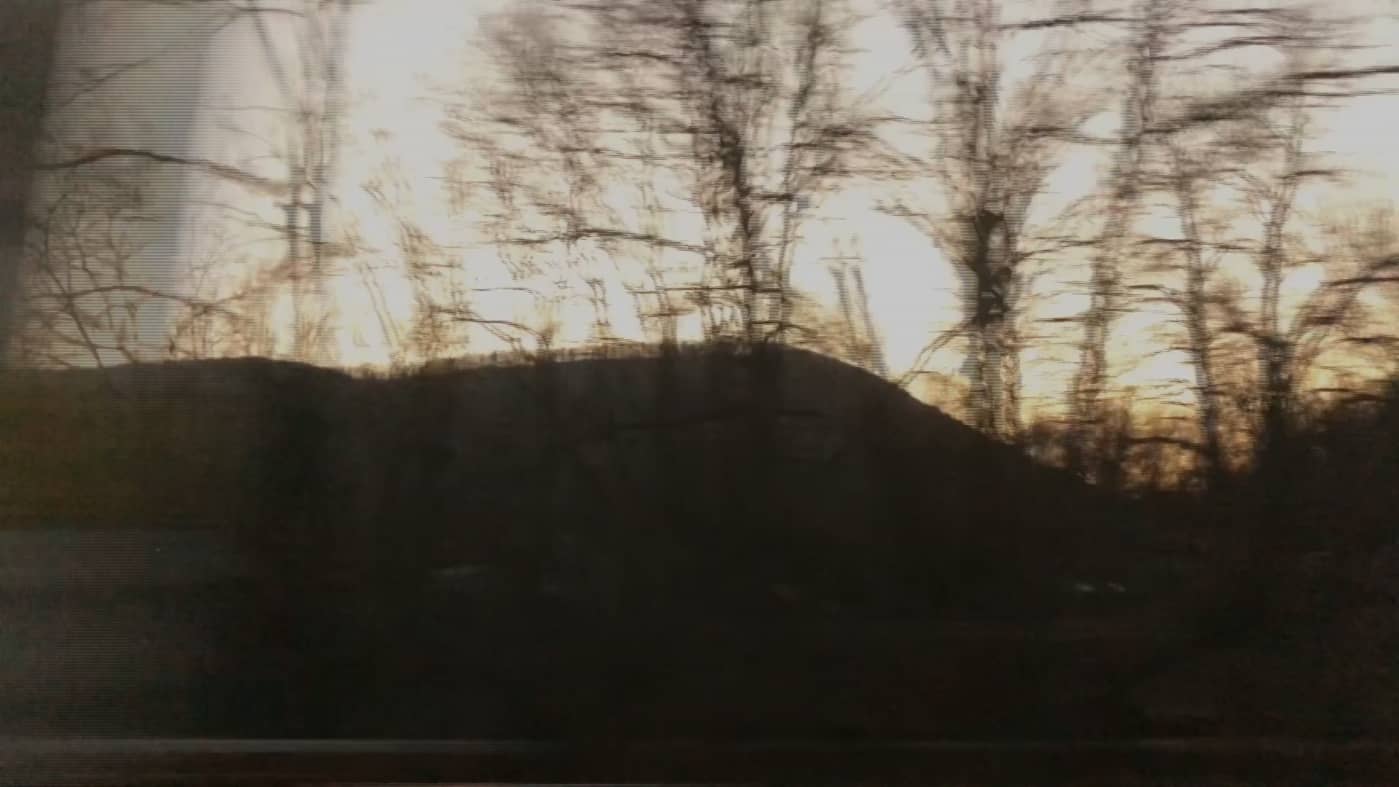Single-author videopoetry collections are a relative rarity, but I’ve been inspired by such stand-out examples as the multi-filmmaker Book of Hours collaborative poetry film project coordinated by poet Lucy English, and the Twelve Moons collaboration between poet Erica Goss and filmmaker-composer Marc Neys. While my own approach to videopoetry is a bit more basic than most of the filmmakers in these projects, the connection of both anthologies to the changing seasons definitely helped shape how I envisioned my own, inaugural collection, a chapbook-length sequence of 22 videohaiku called Winter Trees.
The link takes you to a new, dedicated page on this site, accessible via a drop-down from the main Videopoetry tab in the navigation menu. I also posted process notes at Via Negativa. As I remarked when I shared the link on Twitter, videopoetry collections are essentially unpublishable, so I saw no reason not to simply release this myself. Eventually I’ll probably combine all 22 videos into one, 20-minute film, but for now, I think the embedded Vimeo album (or YouTube playlist) provides a viewing experience that serves the collection pretty well.
Seasonality is of course a key feature in the haiku tradition; most classic haiku/hokku anthologies have been organized by season since the 17th century. Proper linked verse sequences, on the other hand, take a montage approach, with ever-shifting times, settings, and moods, and reproducing that experience in a videopoem sequence is a challenge I don’t feel I’m quite up to yet (and which in any case might work better as multi-author compositions).
But I do feel that haiku are especially well suited to the videopoetry medium. Haiku and videopoetry both rely heavily on the juxtaposition of images for their effect. Further, the modern haiku master Paul Miller (AKA paul m.) writes, “Ogiwara Seisensui is reported to have described haiku as a circle: one half to be completed by the poet, the other half by the reader.” Which reminds of something the leading theorist of videopoetry, Tom Konyves, has written:
What is specific to a hybrid form like videopoetry is not what is specific to its elements… text, image and sound tend to arrive complete-in-themselves, self-sufficient, if you will. For the hybrid form, the specificity, I would suggest, is in the collaborative properties (a more accurate term may be synergistic properties) of the individual elements. In other words, not all texts (a good example would be most previously published poems), not all images (obviously) or soundtracks embody collaborative or synergistic potential. This collaborative property implies an incompleteness, indicating the presence of accommodating spaces in each of the elements. [emphasis added]
A further argument for marrying haiku and videopoetry is the long history of combining images and haiku: haiga, a genre which has been exported to the West as well. See the haiga gallery at Wales Haiku Journal (scroll down) for some particularly inspired modern examples.
But most important, to me, is the way that the video/film medium can give haiku what they often lack on the page: necessary time and space. It’s not unusual for printed collections to isolate just one or two haiku on a page, surrounding them with white space in an effort to slow the reader down. It’s been said that haiku are the perfect form of poetry for our distracted, sound-bite-dominated society, but actually I feel the opposite is true. Even when I am away from all digital distractions, reading haiku alone on the front porch of my home in the woods, I still often have to keep admonishing myself to read more slowly. How slowly? Maybe something like half a minute to a minute per haiku… about the length of a short video.
Anyway. Do go watch Winter Trees.

Wonderful! I just watched them all from my hotel room in sunny Santa Barbara, which could hardly contrast more with the winter landscape of these videos. Great project and very inspiring. I agree, haiku and haiga fit the videopoem form uniquely well. Hope you’ve got more seasons planned!
So glad you liked! I do aspire to make something similar for each of the seasons, though because I’m spending a good portion of the year in the UK now, a possible year-long collection won’t have geographical consistency.